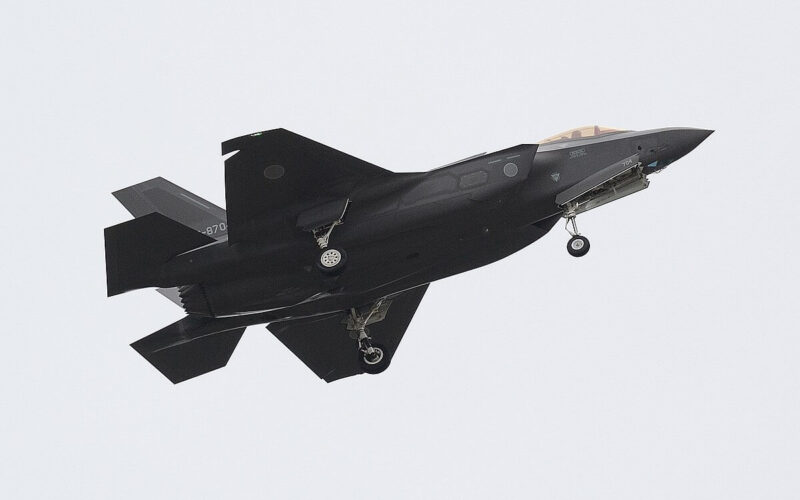Japan announced on May 7, 2019, that it had found more debris, including part of the flight recorder, from the F-35 fighter jet that crashed into the sea a month before.
However, the memory chips containing the flight data, essential to understand the reasons behind that accident, are still missing.
The fuselage, which could give some precious information on the stealth technology involved in the design of the aircraft, is also yet to be found.
Japan and the United States are in a race against time as they both want to prevent Russia and China from finding parts of the plane and thus discover its secrets.
Defense Minister Takeshi Iwaya said in a press conference that the Japanese Air Self Defense Force would continue its research operation to recover the debris of the aircraft and the remains of its pilot.
The fighter jet, with one pilot on board, was on a training mission about 135 km from the coast of Aomori Prefecture in northeastern Japan and had been flying for thirty minutes when communication was lost, according to NHK.
Identified as 79-8705, it was the first of 13 aircraft assembled in Japan at Mitsubishi Heavy Industries Nagoya Final Assembly and Checkout Facility (FACO). Those are based at Misawa Air Base where the first F-35 fighter squadron became operational on March 29, 2019.
Japan plans to eventually acquire a total of 105 Lockheed Martin F-35A and 42 F-35B (STVOL variant) fifth-generation stealth fighter jets to replace its aging fleet of F-4 Phantom.

